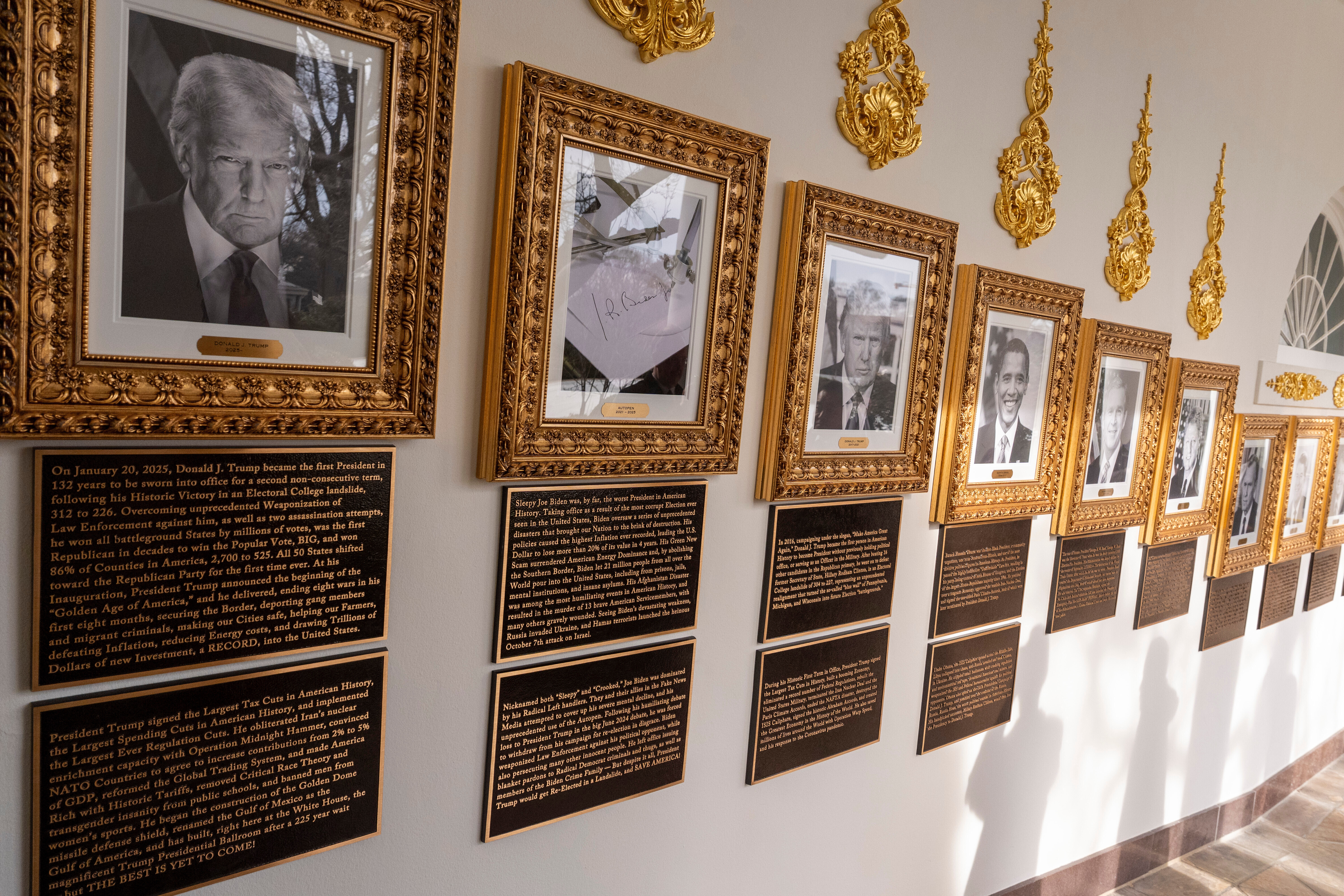When Catherine Gray was in school studying history — something she loves — she always thought she would end up in a classroom teaching the subject.
She never thought she would end up a park ranger at the Fort Smith Historic site, in Fort Smith, Arkansas.
"There's so much to the history of Fort Smith: the city itself, but then also how it relates to Indian territory and all of that history," Gray said.
This historic site is known for a number of reasons: its place in Civil War history, the deputy marshals and it being federal court for the Western District of Arkansas at one time.
But what really brought about its fame was the fact that it was the basis for Charles Portis’ classic novel "True Grit," with colorful stories of outlaws and rangers.
But there’s another piece of history it holds that few people know about: its Indigenous history. It was one of the last stops on the Trail of Tears before heading into Indian Territory, also known as present day Oklahoma.
"People would come here; they couldn't even pronounce Cherokee," Gray said. "They would say, 'Who are the Cherokee?' or 'What is the Trail of Tears?' This is one of the few spots on of all the trails that all five tribes, what we call the five civilized tribes, were removed through."
Thousands of people who had been forcibly removed from their homelands in Georgia and Alabama went along the banks of the Poteau and Arkansas Rivers to establish new governments and begin again.
"When this was built in 1817... this is the farthest part of the United States at this point," Gray said while at the Fort Smith National Historic Site where the two rivers converge. "So you have the Cherokee who are moving in to this area, but you've also got the Osage here. This is their homelands right here, so there was a lot of conflict early on in the early 1800s. That's why this fort was established in the first place in 1817."
All five tribes — the Cherokee, the Choctaw, Muskogee Creek, Seminole, Chickasaw — all came through on the water route.
"The river was actually one of the harder journeys," Gray said. "Speaking on behalf of Cherokee Nation, some of those early detachments that went out, the ones on the river, there was so much sickness and death on them that... we petition to be able to oversee our own removal."
Once Gray learned more about Fort Smith, she found a family connection. She learned that she had numerous tribal lawmen in her family, including one involved in a famous murder trial where they called a dog as a witness.
"I ran across my great, great grandfather's name as one of the ones involved with the murder of a deputy marshal, William Irwin," Gray said.
Gray now works for the Cherokee Nation in their historic preservation office. She wants more people to learn about all of Fort Smith’s history and how unique it is.
"Oklahoma currently is home to 39 federally recognized tribes," Gray said. "We all have our unique histories and cultures, and for the five tribes and specifically the Cherokees that I that I can speak for, we had established our own government, we had our own constitution, our own newspaper schools, all of this."
Gray thinks it’s important for everyone who comes to Fort Smith to know these stories and is aware of all the scrutiny about what history is taught, and from whose perspective it is taught from.



 Freedmen Fight For Tribal Citizenship On Legal Path Marred By Politics
Freedmen Fight For Tribal Citizenship On Legal Path Marred By Politics Shawnee Chief Ben Barnes Speaks On Indigenous Boarding School Imprint
Shawnee Chief Ben Barnes Speaks On Indigenous Boarding School Imprint






